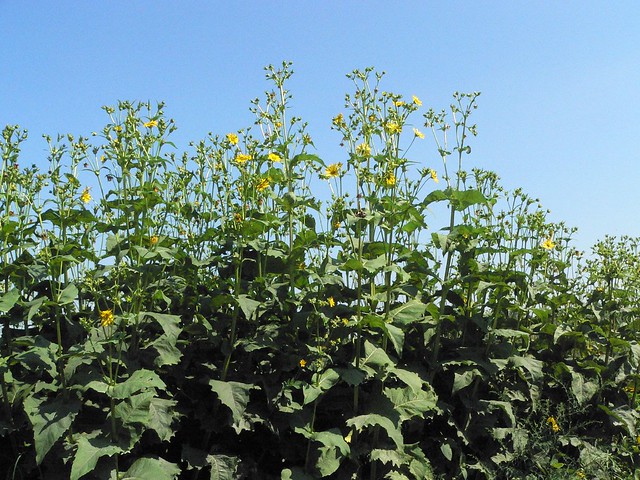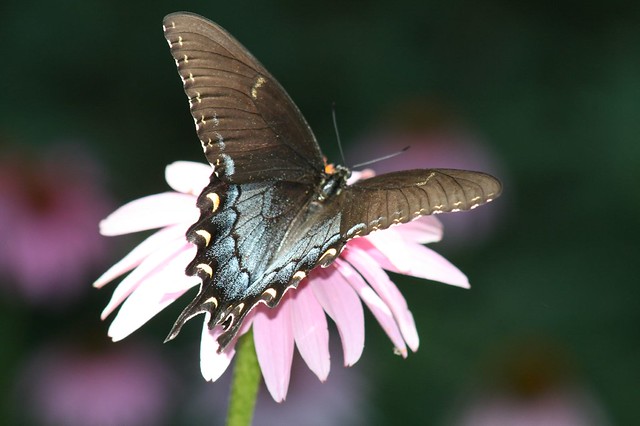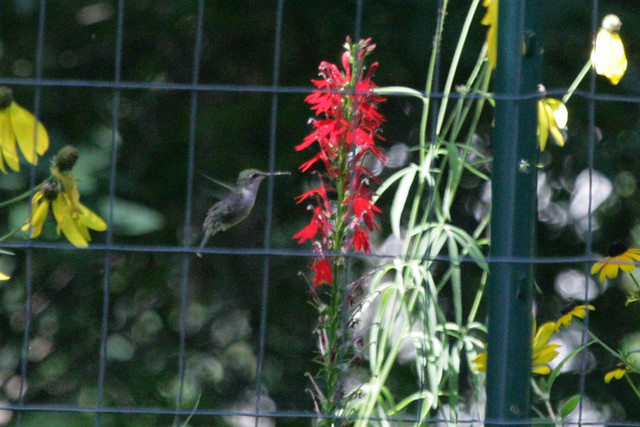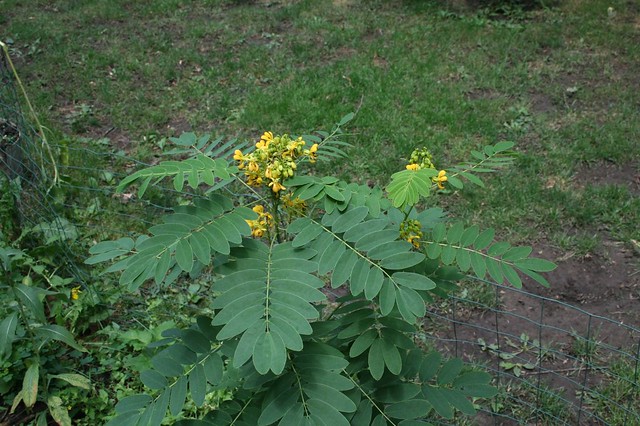This was originally posted on www.birdcanada.com in a previous July when I actually had time to go birding. It remains one of my greatest moments in birdwatching.
Have you ever been so astonished by a bird sighting that your brain shuts down? No synapses firing, just a blank white void where your bird identification skills should be?
One blisteringly hot prairie day, my husband and I took an afternoon drive south east of the city to check some campgrounds for future visits. We decided to leave after lunch, and while I did take my binos and my camera, I wasn't really looking for any birds. The temperature was cresting 30°C (90°F) when we left and I figured any self respecting bird would be huddled down somewhere. And of course I didn't take a field guide with me.
We were rolling along down a gravel road when suddenly my husband hit the brakes. He had seen them the same time I did.
Five - count 'em - five hawks were sitting on the ground about a hundred yards away from the road. I tried to do the binos and the camera at the same time - I wanted it all at once! I soon calmed down, took a lot of pictures, then lifted the binoculars.
 |
| Adult on the left, baby #1 chowing down on a ground squirrel |
 |
| Adventurous baby #4 has made it to the shade of a nearby tree |
I was assuming this was a little cluster of Swainson's Hawks, as they are the most prevalent buteo on the prairies. But wait...they don't look like Swainson's... Maybe they're Red-tails... No, that doesn't quite fit either. The white void descended. Let me take more pictures while I think about this.
They couldn't possibly be - could they - Ferruginous hawks?
Ferruginous hawks are the largest buteo on the prairies, and are a Species of Concern in Canada. They are also classed as Threatened in Alberta. These big birds require natural grassland habitat with a thriving population of ground squirrels in attendance, and that combination is getting harder and harder to find. They produce larger clutch sizes than other prairie buteos, but the number of eggs laid can fluctuate in response to the density of ground squirrels.
Surely I wasn't sitting here in my air-conditioned truck looking at FIVE Ferruginous hawks?
 |
| Baby #2 anxiously awaits his turn |
 |
| The adult has flown to a nearby fence - look at those long legs! |
 |
| Mine!! |
The minute I got back home, I raced for my raptor identification guides.
Ferrugies have four different plumages: both adults and juveniles have their own light and dark morphs. Adults can have pale or dark eyes. In flight, they hold their wings in a strong dihedral, similar to the Swainson's hawk. Their long, tapered wings have narrow dark tips on the outer primaries.
Oh sure - no challenge there at all...
They do, however, have some identifying features that set them apart from the other prairie buteos. Their legs are feathered right down to the toes, and adults have dark rufous legs that form a 'V' on the undersides when in flight. Ferruginous also have a very wide gape which the other buteos do not.
Recently fledged Ferruginous hawks have a buffy wash on their breast that fades by fall. Juveniles also have pale eyes, and white feathering down to the toes.
Check, check and check.
 |
| Hot, hot, hot |
 |
| Baby #3 finally gets a bite |
So taking all of these things into consideration (plus the fact I sent pictures to a birding friend and asked for confirmation) I can confirm I was unbelievably lucky enough to see and photograph one adult Ferruginous hawk and four recently fledged juveniles.
I am still agog. I may never recover.


















































.jpg)

.jpg)

.JPG)
.JPG)